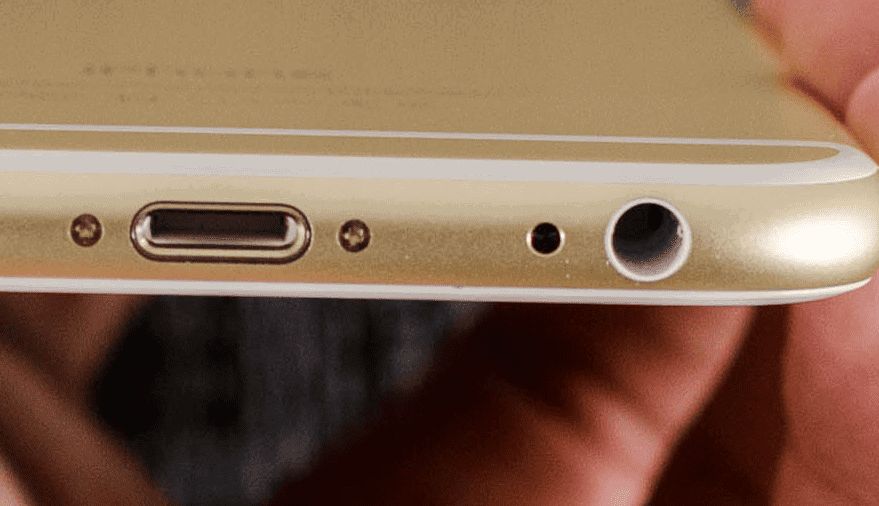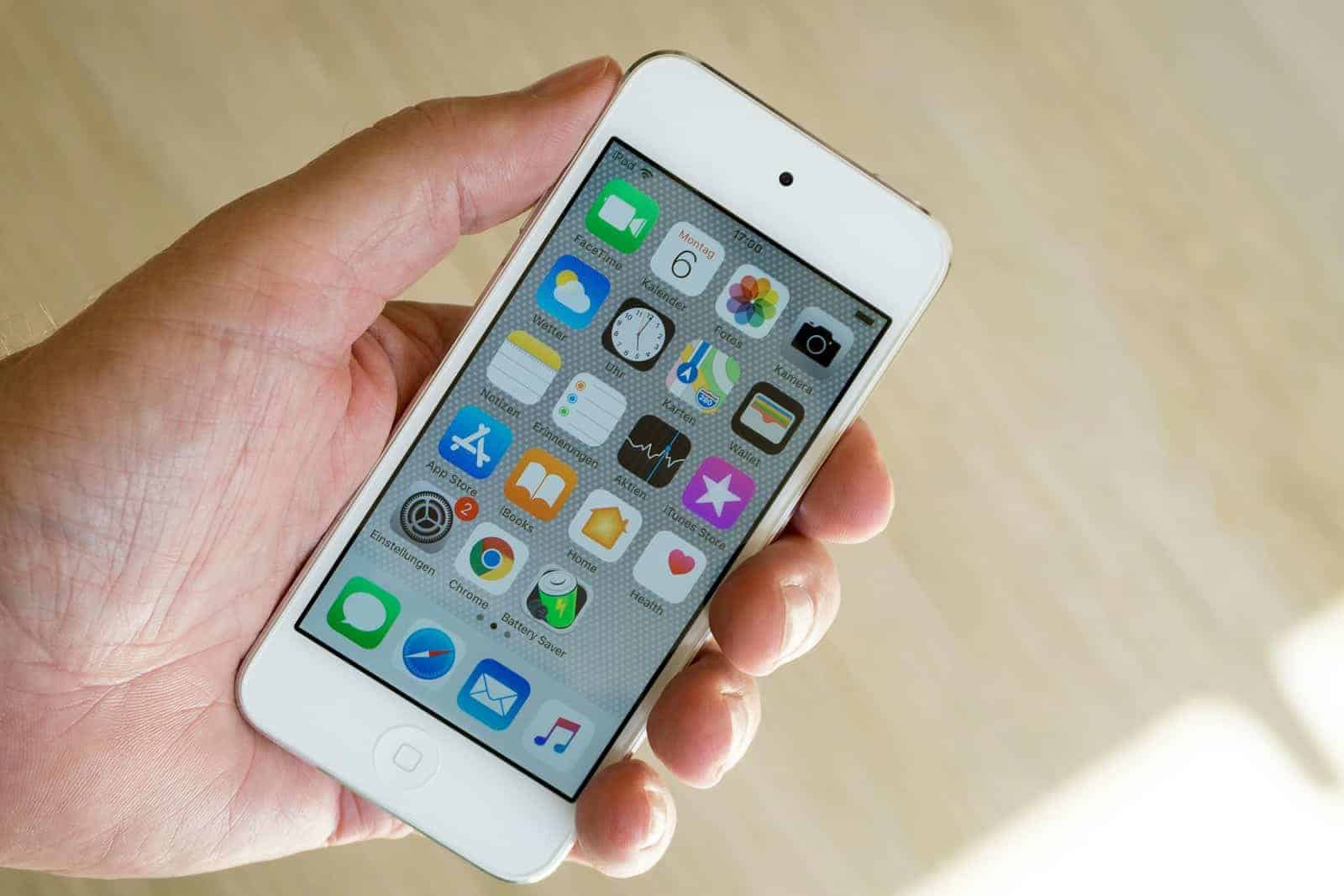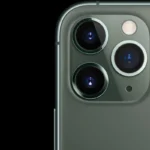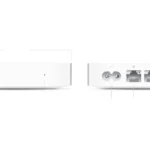Have you ever wondered why your new smartphone doesn’t have a headphone jack? Many people have been asking this question. In this article, we will explore the reasons behind the removal of headphone jacks from our devices. These ports used to be very important, but now they are no longer included. The decline of the headphone jack reflects a mix of technological advancements, economic factors, and consumer preferences. While its absence may cause some inconveniences, it also paves the way for new innovations and approaches to audio experiences.
The disappearance of the headphone jack from Apple devices reflected a broader shift in the technology landscape toward both digital and wireless. While the transition to wireless audio offers numerous benefits in terms of design, convenience, and innovation, it also raises valid concerns regarding accessibility, environmental impact, and potential planned obsolescence. As technology evolves, it is crucial to strike a balance between embracing progress and addressing the needs of all users.
Why the Headphone Jack Faded Out
The humble headphone jack, once ubiquitous in tech devices, has become increasingly scarce in recent years. Here’s a look at the main reasons behind its decline:
Design Constraints
- iPhone 7: The removal of the headphone jack enabled Apple to make the iPhone 7 thinner and lighter than its predecessors. This allowed for a larger battery and other internal component improvements.
- Apple Watch: The compact size of the Apple Watch would have made it difficult to incorporate a traditional headphone jack. Wireless audio connectivity was the only practical solution for enabling audio playback on this device.

Environmental Considerations
- Reduced Material Use: By removing the headphone jack, Apple was able to make devices with fewer components, potentially reducing the amount of raw materials used in production.
- Lighter Devices: The absence of the headphone jack contributes to lighter devices, which in turn may require less energy to transport and distribute, resulting in a smaller carbon footprint.
- E-Waste Reduction: Encouraging the use of wireless headphones could potentially reduce the amount of e-waste generated by discarded wired headphones and their associated cables.

Accessibility Concerns
- Assistive Listening Devices: The removal of the headphone jack has raised concerns for individuals with hearing impairments who rely on wired assistive listening devices. Adapters and Bluetooth solutions can help bridge the gap, but these may not be as convenient or reliable as a direct wired connection.
- Compatibility Issues: Older audio equipment that relies on a 3.5mm jack may become less accessible with newer devices lacking this port.
Planned Obsolescence: A Point of Contention
- Shorter Lifespan for Wired Headphones: The transition to wireless audio could lead to a shorter lifespan for wired headphones, as they become incompatible with newer devices. This could contribute to consumer frustration and increased e-waste.
- Encouraging Upgrades: By promoting wireless headphones, Apple might be incentivizing consumers to purchase new accessories more frequently, aligning with a potential strategy of planned obsolescence.
The Future of Audio Technology: Wireless and Beyond
- Continued Wireless Advancements: Bluetooth technology will likely continue to evolve, offering improved audio quality, range, and power efficiency for wireless headphones.
- New Connectivity Standards: The emergence of new wireless standards, such as LE Audio, could bring further enhancements to the wireless audio experience.
- Innovation in Wired Audio: While wireless dominates, innovations in wired audio technology may still occur, particularly in high-end audiophile products.
| Factor | Impact |
|---|---|
| Space Constraints: Thinner, sleeker designs became trendy, and the headphone jack’s footprint took up valuable space inside devices. | Smaller devices but potentially less convenient audio options. |
| Wireless Technology Advancements: Bluetooth and other wireless audio technologies improved reliability, sound quality, and range. | Increased portability and freedom of movement but dependence on battery life and potentially higher costs. |
| Profitability: Removing the headphone jack allowed manufacturers to create new revenue streams by selling proprietary wireless headphones and adapters. | Potential cost savings for users on wireless tech but also potential for vendor lock-in and additional expenses. |
| Waterproofing: Integrating a secure headphone jack can be challenging for waterproofing, so its removal simplifies design and improves water resistance. | Durable devices for active lifestyles but limited audio options in certain situations. |
| Technological Convergence: Multi-purpose ports like USB-C can handle audio, charging, and data transfer, reducing the need for dedicated ports like the headphone jack. | Streamlined connectivity but potential compatibility issues with older equipment. |

Additional Notes:
- The shift away from the headphone jack has been controversial, with some users lamenting the loss of convenience and affordability.
- Some niche devices and budget products still retain the headphone jack, catering to user preferences and cost concerns.
- The future of audio connectivity remains uncertain, with potential for new technologies and standards to emerge.
The Evolution of the Headphone Jack
The headphone jack, technically known as the 3.5mm stereo TRS (tip, ring, sleeve) jack, has a long history, dating back to the late 1800s. Initially used in telephone switchboards, the 3.5mm version we’re familiar with emerged in the 1950s. This jack was so versatile that you could use headphones from seventy years ago with a 2019 smartphone. However, times have changed, and so have the designs of our devices.
Why Did Tech Companies Start Removing Headphone Jacks?
Space and Design Limitations
One of the main reasons tech companies began removing headphone jacks is space. In the world of smartphones, every cubic millimeter counts. The headphone jack, which serves only one purpose, became a luxury in terms of space. It also imposed limitations on how thin devices could be designed.
Waterproofing and Redundancy
Another reason is waterproofing. Without the headphone jack, it’s easier to design waterproof or water-resistant devices. Additionally, with the advent of USB-C and Lightning ports capable of handling audio duties, the headphone jack started to seem redundant.
The Move Towards a Wireless Future
The transition away from headphone jacks also aligns with the industry’s shift towards wireless technology. As companies like Google and Apple introduced their own wireless earbuds (Pixel Buds Pro and AirPods, respectively), the push towards a wireless audio future became evident.
Alternatives to the Traditional Headphone Jack
Dongles and Adapters
The immediate solution for many has been dongles and adapters, converting USB-C or Lightning connectors to 3.5mm jacks. While not ideal, they offer a temporary solution for those with high-end wired headphones.
Bluetooth Adapters
Bluetooth adapters represent a middle-ground solution, allowing users to connect their existing wired devices wirelessly to their smartphones.
Embracing Wireless Headphones
For many, the simplest solution has been to fully embrace wireless headphones. With a variety of options available across different price ranges, going wireless is more accessible than ever.
The Emotional Journey
It’s normal to feel a sense of loss with the disappearance of the headphone jack, a technology that has been with us for so long. However, as technology evolves, so must we, adapting to new innovations and embracing the changes they bring.
Summary of Facts
- The 3.5mm headphone jack has been around since the 1950s.
- Space, design, and waterproofing are key reasons for its removal from devices.
- The industry is moving towards wireless technology.
- Alternatives include dongles, Bluetooth adapters, and wireless headphones.
- Adapting to change is part of the technological evolution.
FAQs
Why Are Companies Removing the Headphone Jack?
The primary reasons include saving space inside devices, making them waterproof, and reducing redundancy with the presence of USB-C and Lightning ports.
What Are the Alternatives to the Headphone Jack?
Users can opt for dongles and adapters, Bluetooth adapters, or switch to wireless headphones.
Is Wireless Audio Quality Comparable to Wired?
While there may be differences in audio quality, advancements in Bluetooth technology have significantly improved the wireless audio experience.







